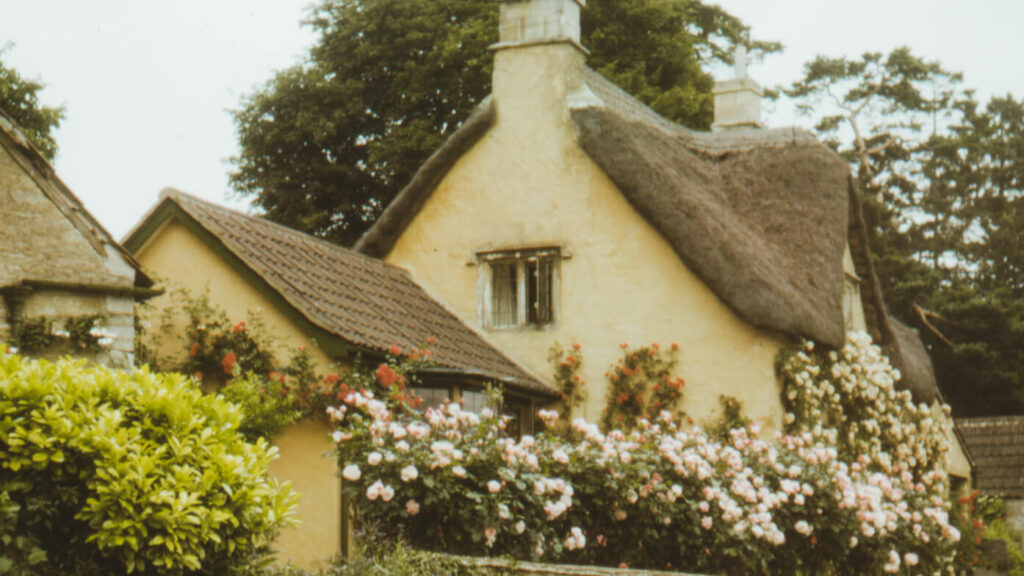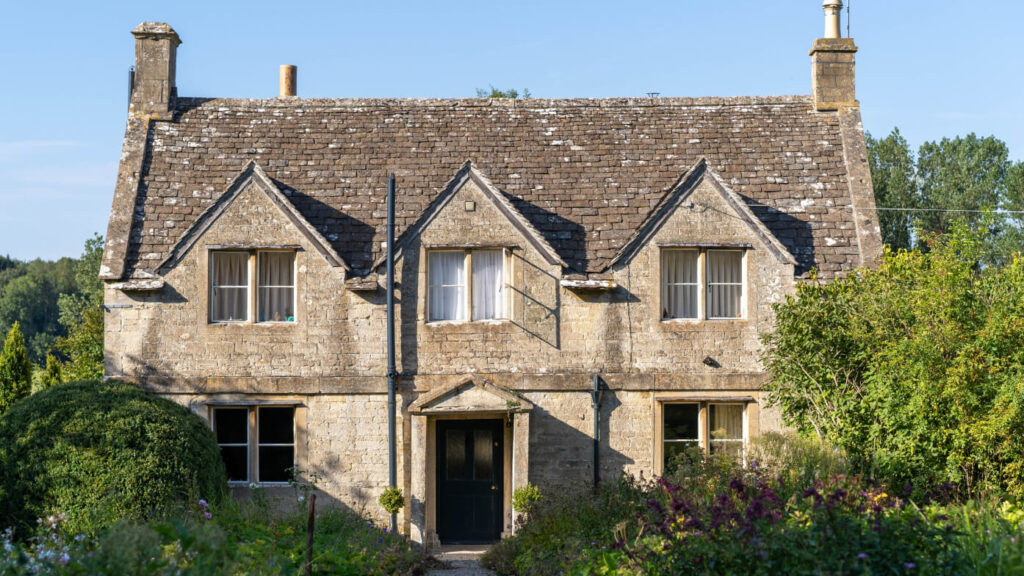Why Preserving Old Buildings Matters

- Historical Significance: Old buildings serve as living museums that tell the story of our past. They provide tangible evidence of the architectural, social, and economic history of a place.
- Cultural Identity: Old buildings add to the distinctiveness of a locale, shaping its cultural identity and fostering a sense of community.
- Architectural Beauty: The architecture of older buildings, often more diverse and intricate than modern structures, contributes to the aesthetic landscape of a city or town.
- Environmental Sustainability: Preserving old buildings is fundamentally an act of recycling. It reduces the need for new materials and the energy required to manufacture them, which lowers the carbon footprint.
- Economic Benefits: Heritage tourism and the renovation of old buildings often spur economic development by creating jobs and attracting businesses.
- Educational Value: Old buildings offer tangible opportunities to understand and appreciate history, which can be a powerful educational tool.
- Preservation of Craftsmanship: Old buildings often exhibit fine craftsmanship and high-quality materials that are no longer affordable or available today.
- Social Continuity: By preserving old buildings, we maintain a physical link to our past, fostering a sense of continuity and stability in our rapidly changing world.
- Urban Diversity: Old buildings contribute to a diverse urban fabric, offering an alternative to the homogeneous architecture that characterizes many modern cities.
- Future Generations: Preserving old buildings ensures that future generations can also enjoy and learn from these historical landmarks, just as we have.
Cultural Identity
Old buildings serve as living historical records, each characteristic and feature echoing a time gone by. Many towns and villages host a variety of these vintage properties, each narrating its unique story through architectural design and style. The meticulous use of diverse materials and craftsmanship unveils intricate details about trade, lifestyle, and past communities, providing a tangible record of history.
Hertfordshire stands as a perfect example, boasting some of the most remarkably preserved buildings. Towns and villages across the county showcase museum-worthy houses that span the last four or five centuries.
There are several distinctive architectural traits that, when coupled with specific building materials, stamp a house with a unique identity, linking it to a specific era and social status. These defining features include the roof, the doors, and particularly the windows. Windows, often described as the eyes of a house, are crucial to its overall aesthetic. If the windows don’t match the style, material, or color of the period, they can stick out like a sore thumb and negatively affect the architectural harmony of an older or period property.
Sash windows reached the height of their popularity during the Georgian era. South London is a treasure trove of Georgian and early Victorian properties, many of which feature sash windows as a key design element. Though sash windows can be a bit high-maintenance due to their intricate system of weights and pulleys, their authenticity is unquestionable, making them a labour of love for many homeowners.
Historically, old windows have often been associated with cold, drafty houses – a downside that was accepted as the price to pay for true period charm and style. However, modern advances now allow homeowners to enjoy a warm, draft-free environment without having to sacrifice the characteristic sash windows of their period homes.
Preserve older buildings: moder materials
nnovative glass technologies now offer all the advantages of double glazing without necessitating bulky, heavy modern units that detract from the aesthetic of older, character-filled properties. For instance, Pilkington Spacia, with a thickness of only 6.7mm, provides insulation and sound blocking – a perfect match for the old frames and delicate weights of a Georgian sash window.
Pilkington Spacia is a unique type of vacuum insulated glazing that provides the thermal performance of modern double glazing while being thin enough to fit into traditional window frames. Its thickness is just over 6mm, comprising two glass panes with a vacuum layer in between, making it perfect for historic renovations where maintaining the original aesthetic is crucial.
This innovative glass technology offers a high level of thermal insulation, achieving a U-value as low as 1.0 W/m2K, comparable to much thicker standard double glazing units. It also has excellent sound insulation properties, making it a great choice for homes in noisy areas.
Thus, with Pilkington Spacia, you can retain the charm and character of your original windows without sacrificing the benefits of modern thermal and acoustic insulation. This advanced glass technology not only improves your home’s energy efficiency, potentially lowering your utility bills, but also enhances your living comfort.
Furthermore, the rot that wooden sash windows may eventually succumb to over the years doesn’t mean they need to be replaced. Original sash windows can be repaired using a new type of wood called Accoya, celebrated in the building industry for its remarkable durability and longevity.

Repair or replace
“Repair, not replace” has become a mantra in today’s society as we become more aware of the environmental impact of single-use products such as plastic. This perspective is encouraging a renewed appreciation for the practice of preserving older buildings. “Repair rather than discard” is the guiding principle of the 21st century, particularly when dealing with older and period properties. It advocates for preservation and improvement rather than dramatic change.
Being an owner of an old house is akin to being a custodian of a piece of history, not just within your local community, but in a broader context as well. Original period features are highly prized by buyers, and the most sought-after houses are those that skillfully blend 21st-century design, expertise, and materials into the existing fabric of the house. The aim is to use these modern resources to preserve rather than alter the home’s character. Successfully nurturing a historic home and preparing it for its next custodian can indeed be considered a job well done.